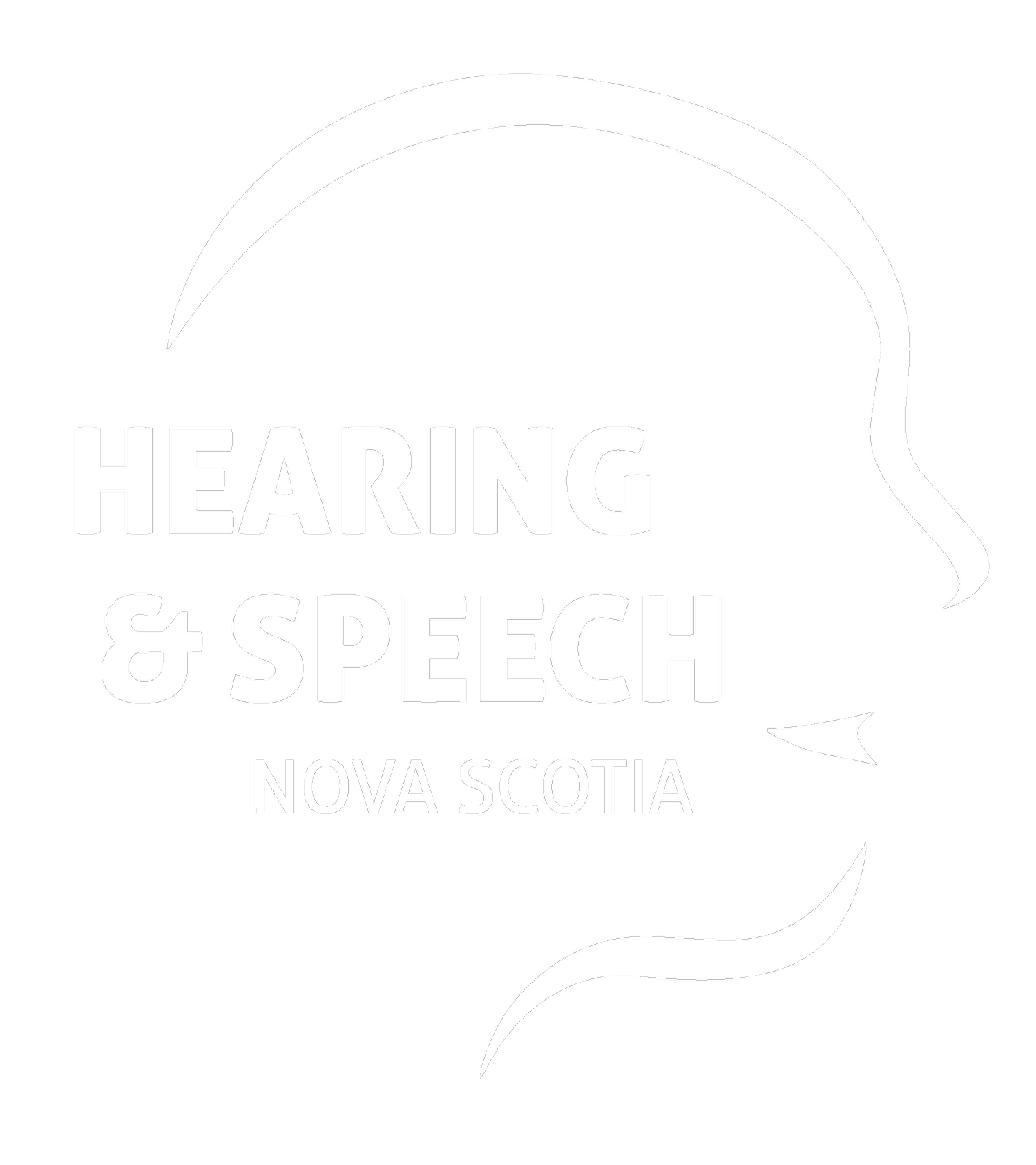
Safety and Quality Improvement: reducing wait times
After hearing from our clients that wait times for services were too long, HSNS embarked on a quality improvement project in 2020 to reduce wait times for audiology services. While there are many different aspects that contribute to a wait list, our team wanted to find a data-driven project that would produce long lasting positive impacts for our clients and families. When a child is referred for speech language services, the child also automatically receives a hearing screening. For those sites that offer preschool speech-language assessments this can mean over 500 additional referrals each year to audiology.
In the 2021-22 HSNS Annual Report we reported on one of three quality improvement projects designed to help reduce audiology wait times and minimize risk to our clients’ safety: the Preschool OAE Hearing Screening Project. The most common type of reported “incident of harm” or “risk to safety” for HSNS clients is a wait for service, and the longer the wait, the greater probability for negative impact on clients and families. For example, a three-month wait may result in a delay in reaching developmental milestones for an infant or preschooler, and a six-month delay in accessing hearing services presents hardship for an adult facing communication challenges.
In the 2021-22 HSNS Annual Report, we described a new process and new equipment for screening the hearing of preschoolers who are referred for speech-language pathology services. The new equipment, which measures otoacoustic emissions (OAE), was being rolled out for use by SLPs to screen the hearing of those children. Historically, HSNS SLPs had access only to portable audiometers, which require more attention skills from the child, such as raising their hand or playing a game when they hear sounds. The screening procedure was not developmentally appropriate for screening children under three years of age. However, the change in screening protocol and introduction of the upgraded equipment made hearing screenings more easily accessible to young children. In some cases, it saved time for families and staff because two separate appointments for speech-language pathology and audiology were no longer required.
By the end of this year, more than 400 children were removed from the audiology wait list as a direct result of this project, thereby reducing the waitlist for others waiting for audiology services. In addition, several children have been diagnosed with hearing loss or were referred for medical treatment sooner as a direct result of the project.
Children getting faster hearing and speech services.
The Preschool OAE Project Team has rolled out the new process/standard at the following additional sites over the 2022-23 fiscal year: Bridgewater Medical Arts, South Shore Regional Hospital (SSRH), Liverpool, Musquodoboit Harbour, Sheet Harbour, Windsor, Kentville, Middleton, Antigonish, Evanston, and Bayers Road. The training teams included a project team member and an SLP working in the same region who had already been trained and were using the new process successfully. Vanda Russell, Administrative Support Professional at the Bridgewater Medical Arts and SSRH sites, did roll outs for the Kentville and Middleton sites and had this to say about the project: “When I think about the process, I am thrilled about how receptive staff were to the change and how it will positively impact our clients and enhance our patient-family centered care at HSNS”.
We now have funding from the Department of Health and Wellness to purchase additional devices that will allow us to offer this new service at the remaining three community HSNS sites that provide preschool speech-language assessments. The Project team plans to roll out these devices over the coming months and provide “refresher” training sessions for sites already providing the service. Over the next year, we will measure the provincial outcomes of the project and establish a plan for ongoing monitoring.
